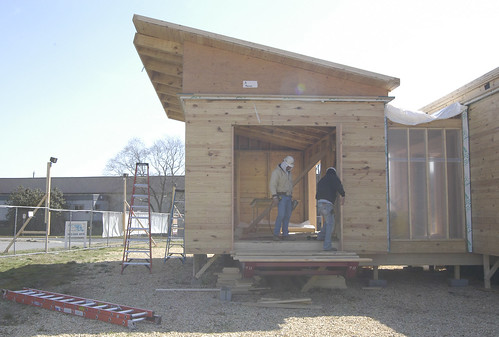The power tools of today are not the same as the ones that were determined placed on the pegboard near your grandfather's workbench- they are genuinely quite far from it. contemporary technology has made spectacular, advances in the simplest of features, including self-operating shut-off, enhanced guarding and more resilient materials just to name a few. But one trait has come to be worth its weight in gold within the power tool industry, and that's the owner's manual.
 Power Tools
Power Tools
Today's manuals not only have better graphics showing its users what each part of the gadget should look like (and what to do when it doesn't), many private manufacturers will have explicit directions and instructions for the protection and maintenance of each private power tool. Of course, no instructions are wholly fool proof, especially if the article of such manuals isn't wholly understood by the user. This is why many manufacturers have implemented training seminars and classes for both companies and individuals on the proper procedures for optimum performance and safety. Local home revising shop often hold such classes and seminars on a regular basis.

However, a bit of coarse sense and know-how never hurt anyone, so there are a few protection guidelines which should be followed by all users of power tools. For example, wearing the proper clothing is essential, and you should never wear loose clothing that could genuinely get caught in a power tool. protection gear is crucial- hard hat, protection goggles and gloves, along with the proper footwear. Using the right tool, whether it be size or something else, for the job at hand, including the right type of postponement cord (indoor, outdoor, proper length) if applicable. The work area should be clean, uncluttered and well lit. Keep all electric tools away from water and flammables. Do not use power tools with frayed or damaged cords. Damaged parts everywhere in a power tool, including saw blades and drill bits, can cause damage to the tool itself or the private performing the task. Unplug all electric power tools when terminated with or before changing to another tool.
As far as the maintenance aspect of such power tools, coarse sense is again of the highest importance. For example, production sure that the proper guards are placed on saw blades when not in use is both a protection and maintenance issue. Saw blades need to be sharp to deliver the best performance possible, but can also be incredibly dangerous, so taking the proper preventive measures will yield the best results in all aspects, not just project outcome.
For more facts on power tool basics, the U.S. Government has many publications that can be of high value to consumers. The U.S. Buyer goods protection Commission offers goods recall information, and Osha has a few such publishings about both general manufactures and personal use of power tools.
Using Power Tools 101
No comments:
Post a Comment